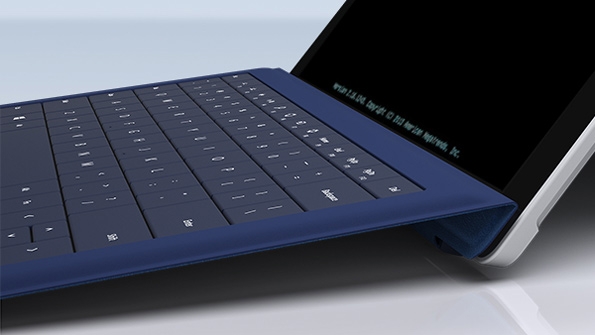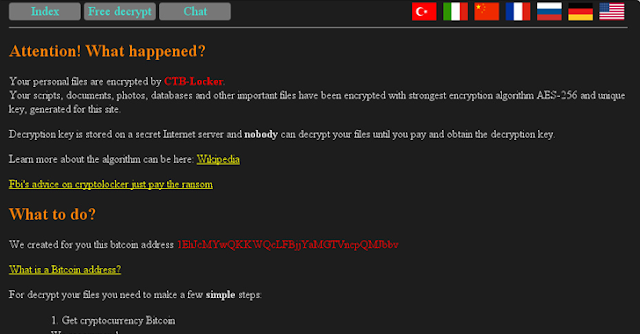Introduction to Managed Security Services

Organizations nowadays use a plethora of solutions like IdM, Access Managers, SSO, Firewalls, Intrusion Detection Systems and Intrusion Prevention Systems. These solutions generate a flood of information in the form of alerts and log messages with disparate context and in no standardized format and it is this very information that needs to be analysed if one is to detect sophisticated modern day cyber threats. Ensuring conformance to compliance regulations brings an additional overhead into the picture. This is exactly the pain point that the SIEM class of solutions emerged to address. An SIEM aggregates and correlates all the security information being generated across these systems and thus provides capabilities to gain complete visibility into a network. But not all security incidents can be detected by rule based correlation. SIEM solutions are also limited in their ability to identify and initiate appropriate responses to remediate threats, and until the emergence of a



